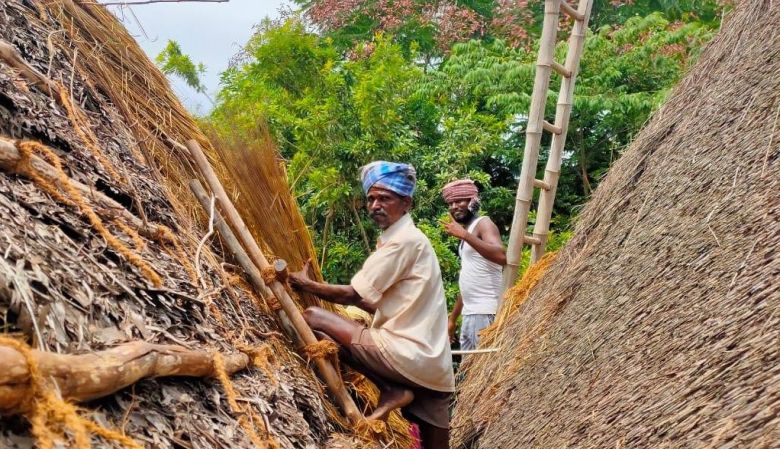Agro-forestry
A glimpse of a selected 2020 kanthari applicant into his future vision, before the dream is going to be transformed into reality.
(By Biman Roy)
“I have been selected for the 2020 kanthari course. Even though, due Covid-19, our program has not started yet, with the help of our catalysts (that is how trainers are called in kanthari), we are already getting a glimpse of the tasks we would have been doing during the kanthari program. We are currently focusing on fundraising and for this we need to have a rather clear idea of what it is that we want to do.
While working on these tasks I got in touch with a few other kantharis from previous generations to get some perspective.
Karthik, the founder of Sristi village was one of them. Here I will give a glimpse of Karthik’s project and what I have learned from him from a single conversation.
My dream (a clear vision that I hope to develop in kanthari) is to create a strong community in my village in southern West Bengal, India. A community which protects its biodiversity, does natural farming with pride, and earns a sustainable livelihood with farming as its base. In this dream, agroforestry plays a central role. As Sristi village is running an agroforestry model, I got hold of Karthik to know more about it.
Sristi village is a community which is home to intellectually challenged people and non-disabled who work and live together since the last seven years.
Karthik’s journey to create an inclusive society started with him growing up in an orphanage that housed both disabled and non-disabled children. While the non-disabled children could develop and became independent adults, the intellectually challenged had no further life prospects. Thus, Karthik developed the dream of an inclusive village.
His vision of Sristi village was affirmed when he attended the kanthari course. Working another year as kanthari catalyst made it clearer: it was time to create Sristi Village (Sristi itself means creation).
Knowing the rejection that intellectually disabled people face in all sectors of the job market, Karthik decided to explore natural farming. The choice was obvious as one needs to slow himself/herself down in the trade of nature and be connected with it.
The development of a barren land to an agroforest brought a sense of purpose to the folks of Sristi village who were desperately looking for meaning in their life. Moreover, living in the proximity of nature, the anger and agitation of the formerly socially deprived inhabitants seemed to go down drastically. Over the years, the perspective of inclusion has changed in the community. At one point in time, snakes were being killed to protect Sristi village’s human members. But then they found out ways to co-exist peacefully with all living beings, including snakes as they understood that in the web of life, one’s well-being is connected to the other.
In Karthik’s journey, preserving biodiversity came along the way while exploring means of finding meaning for people in his community.
In my case, preserving biodiversity is one of the key points that drives my dream. However, in the process of preserving biodiversity, I also dream of bringing proximity among people and between people and nature. I want my villagers to realise the same wisdom of life as the folks of Sristi village have realised.
For certain reasons, I am far away from my village right now. So, creating a concrete plan with agroforestry is still a bit far ahead.
However, during my conversation with Karthik, I realize a few things: In order to realize my idea and turn it into reality, it is very important to have very clear goals. It is important to visit other projects and take inspiration from them. However, I need to make sure that other ideas don’t blow away my original plan, after all my project and circumstances are unique. So, copying someone else’s idea will never work (which I never planned to do in the first place but Karthik gave me a good reminder).
Karthik also said that raising funds is not an issue once someone gets a very precise vision (which comes with time) about what he/she wants to do. But he was quick to caution that only vision is not enough. One needs to work hard to achieve his/her goals. A person with even a not so clear vision can achieve quite a lot with dedication. He has seen many folks with a clear vision fail due to a lack of dedication.
We spoke for nearly an hour and it left me pondering quite a lot of new perspectives and ideas.”
More about Sristi Village can be found at: http://www.sristivillage.org/

